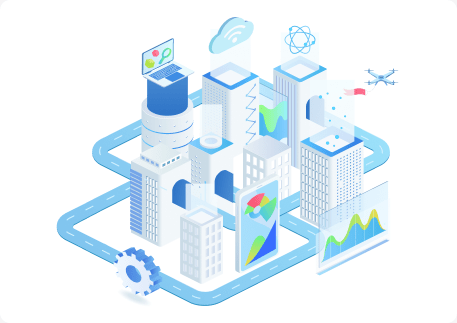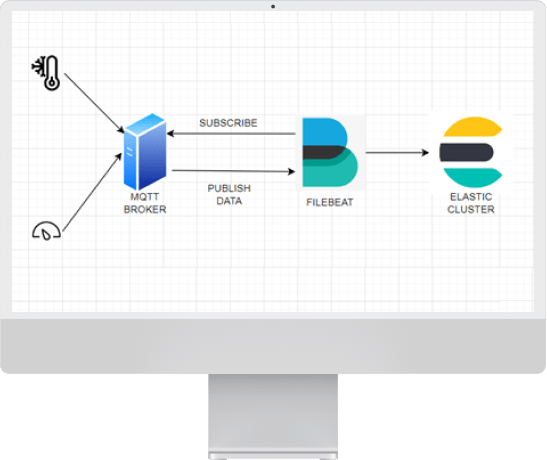
When we think of an IoT system, we particularly focus on information collectors: sensors that can continuously gather any type of information not generated by a human being. However, the success of an IoT system, i.e., what makes it useful and different, is how this information is managed: how it is stored, processed, correlated, used, and represented. This is where ToBeIT’s Industrial Monitoring Solutions and IoT Observability become key components for digital transformation.
The ability of Industrial Monitoring Solutions to provide comprehensive management of the information collected by IoT devices allows companies not only to store and process data but also to correlate and use it strategically. IoT Observability goes beyond simple data collection, offering an open, scalable, and secure platform like ToBeIT’s to enhance the deployed IoT system.





